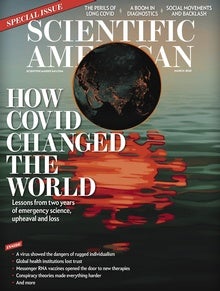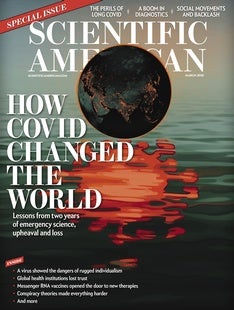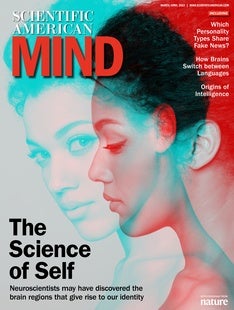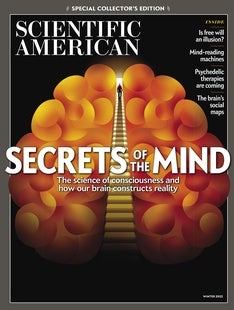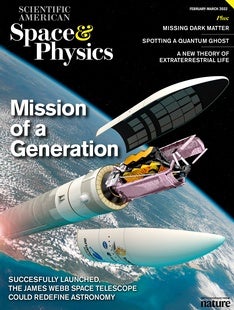 |
| February 15, 2022 |
Dear Reader,
In the past, attempts to make computers generate human faces produced subtly unrealistic images that fell into the "uncanny valley." But now artificial intelligence has gotten much better at this task—so much better that, in a new study, people thought the AI-generated faces seemed more trustworthy than actual human visages. |
| | Sophie Bushwick, Associate Editor, Technology | |
 |
| |
| |
| |
| |
| |
| |
| |
| |
| |
FROM THE STORE
 | | | |
| QUOTE OF THE DAY
 "The tiny biohybrids, based on zebrafish, are built from paper, plastic, gelatin and two strips of living heart muscle cells. One strip runs along the left side of the robot's body, the other along the right. When the muscle cells on one side contract, the tail moves in that direction, propelling the fish through the water." Jon Hamilton, National Public Radio | |
| |
LATEST ISSUES
 |
| |
| Questions? Comments?  | |
| Download the Scientific American App |
| |
| |











